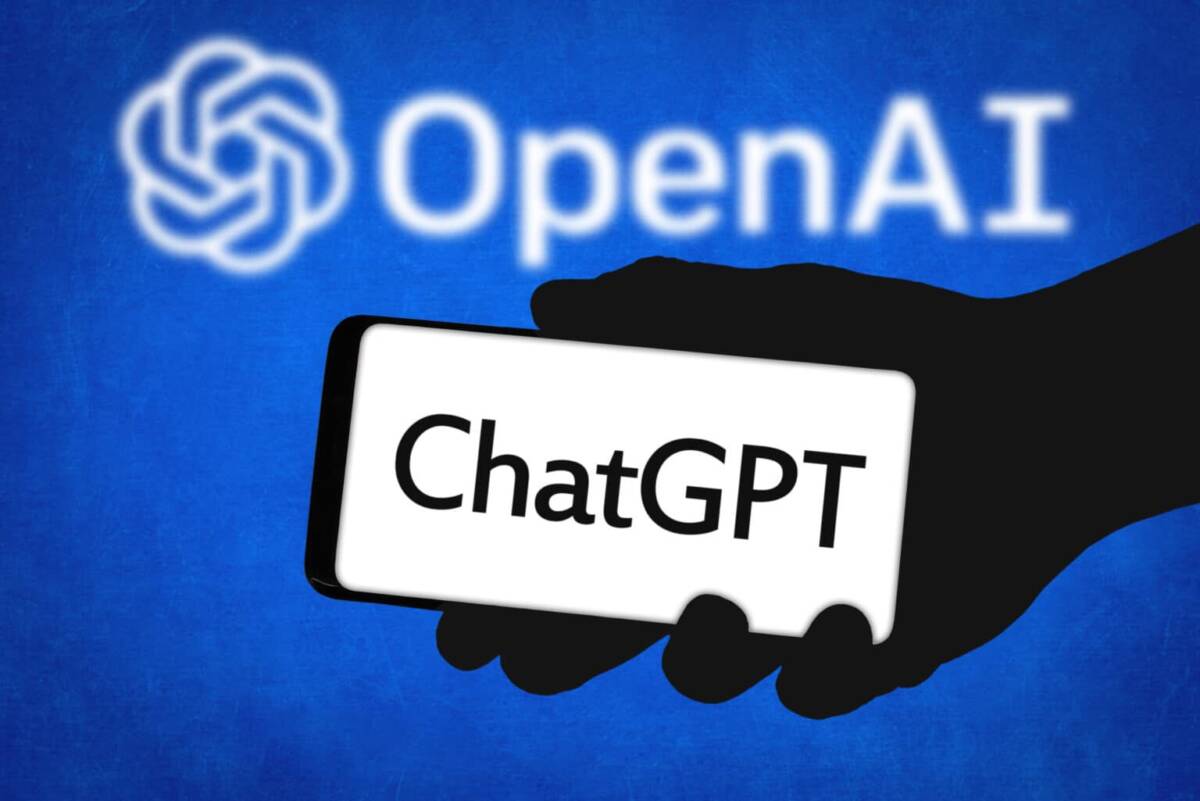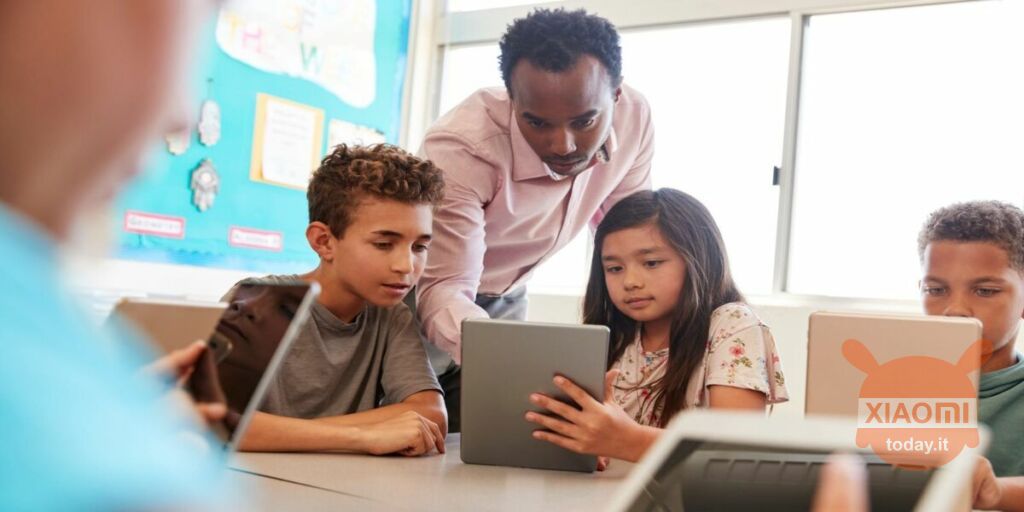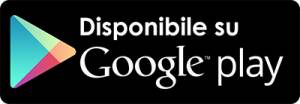
The evolution of technology has always had a significant impact on education, and artificial intelligence is no exception. OpenAI recently launched a guide detailed for the teachers who want to incorporate ChatGPT into their teaching strategies. This guide is not just a manual on how to use software; it's a window on how AI can improve the effectiveness of teaching and learning, while also addressing sensitive issues such as algorithmic biases and information accuracy.
ChatGPT, a new chapter in digital education as an interactive learning tool
Dr. Helen Crompton, a leading figure in the field of educational technology, sees ChatGPT as a powerful tool for interactive learning. According to his experience, ChatGPT can act as a debate partner, a virtual recruiter or even a new boss providing feedback specifically. This type of interaction not only makes money learning more addictive but also helps students develop a deeper and more multifaceted understanding of the course material.
Fran Spain, a university professor in Spain, use ChatGPT as a virtual teaching assistant. Instead of just providing canned answers or static study materials, ChatGPT can generate customized quizzes, exams, and lesson plans based on the curriculum you provide. Not only this lightens the workload of teachers but it also makes the study material more relevant and culturally appropriate, contributing to a more inclusive learning environment.

Beyond the language barrier: ChatGPT as a translation and learning tool
Language is often a significant barrier in education. Dr. Anthony Kaziboni, who works in a multilingual context, uses ChatGPT to help students overcome language challenges. In addition to translation, ChatGPT can assist students in improve la grammar and writing style in English, providing an invaluable advantage in an English-dominated academic world.
Critical AI Education: Beyond Using, Understanding
Geetha Venugopal, a computer science teacher, sunderlines the importance of a critical approach to the use of tools like ChatGPT. Students need to be educated not only on how to use these tools but also on how to evaluate the information they receive. This includes the verify through primary sources (which sadly, very often, we don't see colleagues doing) and an understanding of the potential limitations and biases of AI.
In my opinion, the OpenAI guide is a great resource for teachers who want to explore the potential and challenges of using AI in the classroom. With the right training and awareness, the tool could become a fundamental element of the XNUMXst century educational landscape. Furthermore, I believe that just through knowing and using the chatbot, many people will move away from that cloud of fear that exists around AI.








